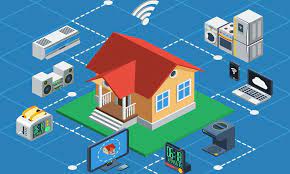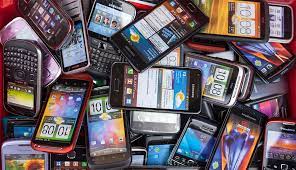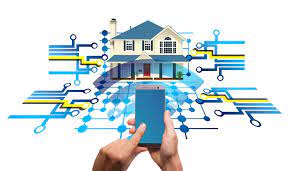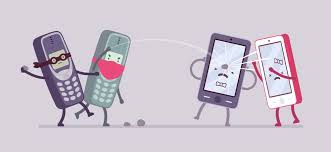Older adults can save tens of thousands of dollars annually by choosing assisted living communities over aging in place in their homes.
Unlike point solutions, Inspiren unifies resident safety, care planning, staffing, and emergency response into a single AI-powered platform.
An artificial intelligence-powered virtual assistant platform for senior living and care providers.
Betting that AI could lighten the clinician load.

 Within five years, predictive, proactive and adaptive smart home solutions that support health and wellbeing, comfort and safety, and engagement and entertainment will emerge to meet the needs of older adults, including subscription-based services that are integrated with wearables. Remote configuration and updates will be standard, and health insurers will be interested in smart home technology as a deterrent to hospitalization. With the addition of predictive analytics and machine learning, the home can become a participating caregiver for the oldest and frailest. What are a few of the trends that will make that feasible?
Within five years, predictive, proactive and adaptive smart home solutions that support health and wellbeing, comfort and safety, and engagement and entertainment will emerge to meet the needs of older adults, including subscription-based services that are integrated with wearables. Remote configuration and updates will be standard, and health insurers will be interested in smart home technology as a deterrent to hospitalization. With the addition of predictive analytics and machine learning, the home can become a participating caregiver for the oldest and frailest. What are a few of the trends that will make that feasible? Tech for an aging population – niche or not. November is done. But recent announcements about
Tech for an aging population – niche or not. November is done. But recent announcements about  Age-Tech is in. Perhaps you have seen the Age-Tech term pop up since early 2020, led in the US by by
Age-Tech is in. Perhaps you have seen the Age-Tech term pop up since early 2020, led in the US by by  Smart home technologies are not part of the home care solution set.
Smart home technologies are not part of the home care solution set.  What is a Smart Home? Should it be Connected?
What is a Smart Home? Should it be Connected?  Smart home, plugged in but not connected. Consider the Boston Consulting Group’s 2018 market sizing and landscape
Smart home, plugged in but not connected. Consider the Boston Consulting Group’s 2018 market sizing and landscape  It's 2021 -- are older adults well-served by technology? Some progress has been made --
It's 2021 -- are older adults well-served by technology? Some progress has been made --  Beacon Hill Village created a concept out of need... Long ago, the topic of aging in place was born within the pioneer community of the ‘Village’ movement --
Beacon Hill Village created a concept out of need... Long ago, the topic of aging in place was born within the pioneer community of the ‘Village’ movement --  Our technology language and expectations change. One day a phenomenon that might once have seemed startling becomes so accepted that we scarcely notice what changed. Technology once perceived as innovative and useful, degenerates through actual usage into a worrisome trend that begs for individual and/or parental control – even inviting
Our technology language and expectations change. One day a phenomenon that might once have seemed startling becomes so accepted that we scarcely notice what changed. Technology once perceived as innovative and useful, degenerates through actual usage into a worrisome trend that begs for individual and/or parental control – even inviting  What could have happened in the home care industry didn’t.
What could have happened in the home care industry didn’t.